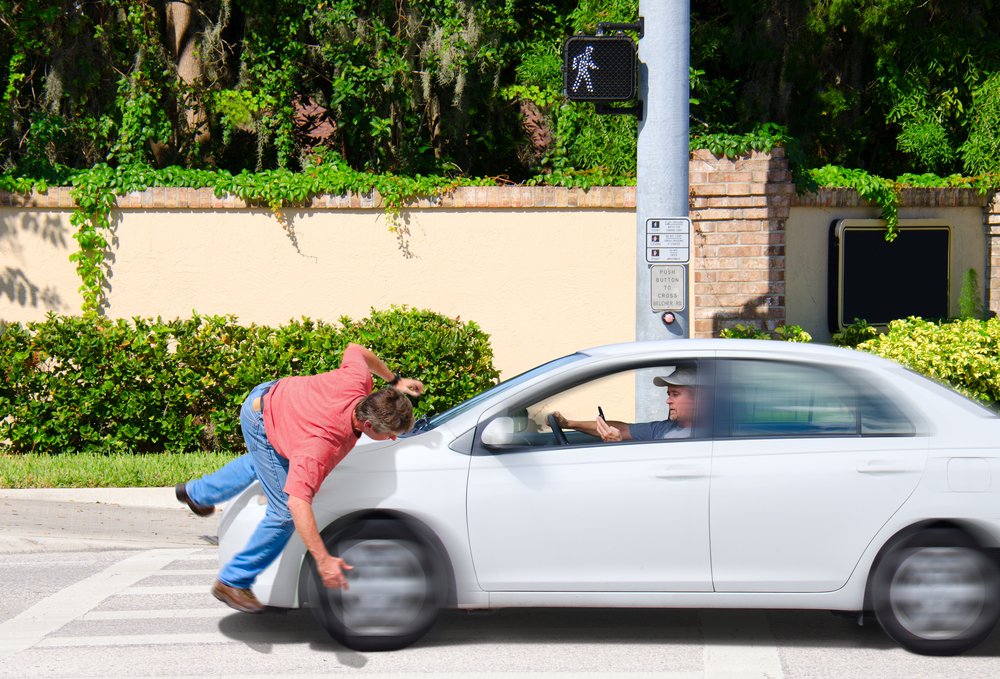The last clear chance doctrine is a legal principle that can, in states beholden to contributory negligence rules, make it easier for plaintiffs to collect financial compensation for damages. If that sentence sounds confusing to you, don’t worry. It contains a lot of legal concepts that we are going to unpack.
How does the last clear chance doctrine affect contributory negligence?
If you were harmed in a personal injury accident and have questions about how the last clear chance doctrine could impact your right to compensation, please contact the Virginia Beach personal injury law firm of Shapiro, Washburn & Sharp, and schedule a free consultation.
What Is the Last Clear Chance Doctrine?
Before you can understand the last clear chance doctrine, you must first understand how a personal injury case works. In a personal injury claim, the plaintiff is able to recover financial compensation for damages from the defendant provided that the plaintiff can prove that the defendant’s intentional malfeasance or negligence was the immediate cause of their injuries.
However, it is sometimes the case that the defendant’s negligence is only partially to blame for the plaintiff’s injuries because the plaintiff themselves share in the fault. In these cases, the doctrine of contributory negligence bars the plaintiff from receiving any financial compensation. When the rules of contributory negligence come into play, a plaintiff who is .01% at fault for an accident will not be able to collect compensation from a defendant who was 99.9% at fault.
Over time, this rule was considered too extreme and unfair to plaintiffs. Most states rejected it in favor of the much more agreeable doctrine of comparative negligence. Four states still abide by contributory negligence laws, however, and it is here the last clear chance doctrine becomes significant.
Although the details and wording vary, the last clear chance doctrine states that if a victim contributed to their own injuries, the defendant could still be liable for covering damages provided that the defendant had the last possible opportunity to show due care and prevent the accident that caused the injuries.
How Does the Last Clear Chance Doctrine Work?
When a victim files a lawsuit against a defendant and can prove that the defendant was willfully malicious or negligent, the defendant can and often will use contributory negligence as a defense. In other words, the defendant will claim that because the victim shares fault, they are not obligated to pay compensation.
This is when the doctrine can be applied. If the plaintiff can successfully prove that the defendant had the best and last opportunity to prevent the plaintiff from being injured, the court can decide that the plaintiff is entitled to damages.
Generally speaking, to save a case using the last clear chance doctrine, the plaintiff will have to show that:
- They were in immediate danger
- The defendant was aware, or should have been aware, of the danger, and had the last, best chance to stop the injury from happening
- A reasonable person would have taken the necessary steps to prevent the injury
- The defendant failed to act in a reasonable manner, and this failure was the immediate cause of the plaintiff’s injuries
If the plaintiff is successful in demonstrating this, then the defendant may be held responsible for compensating the plaintiff for their damages, even under contributory negligence rules.
An Example of the Last Clear Chance Doctrine
Let’s say a pedestrian is struck by a car while they are crossing the street outside of a marked crosswalk. This could easily be viewed as negligence that clearly contributed to the accident. The defendant who was driving down the road had a clear view of the crossing pedestrian and ample time to bring their vehicle to a safe stop. Unfortunately, they were looking at their phone at the time and struck the pedestrian.
In this situation, contributory negligence rules would, in theory, bar the pedestrian from any remuneration because they too committed negligence by crossing the road in an unsafe manner. The driver, however, was quite clearly the one with the last, best opportunity to prevent the accident.
By working with an attorney who is experienced in personal injury law, and understands the last clear chance doctrine, the pedestrian could still be eligible to collect compensation from the driver for their accident-related damages.
Is Contributory Negligence Barring You From Recovery?
If you were injured in an accident that you share blame for causing, consult a qualified Virginia personal injury attorney from Shapiro, Washburn & Sharp as soon as possible. We can help you understand the standard of negligence that applies to your accident and determine if the last clear chance doctrine can help you win your case. To schedule a free case review, call (833) 997-1774 or fill out the contact form on our website.
